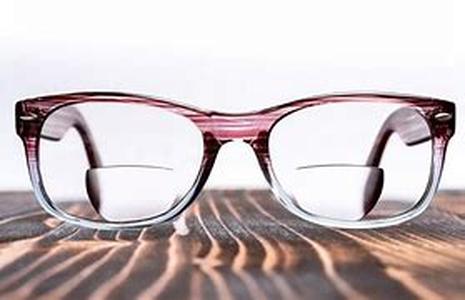
KWD: 11415 2.65Wavefront LasikWavefront Aberration Mapping And Image Enhancement Has Been Used In Astronomy For Years. The Actual Theory Was First Developed In The 1930's By A German Physicist Named Zernicke. The First Wavefront Mapping Of The Eye Was Performed In 1994. The FDA Approved Custom Cornea Wavefront LASIK In October 2002. Custom Wavefront LASIK Is But A Technologic Enhancement To Conventional LASIK Which May Prove To Be Advantageous To Some People. From The Surgical And Patient Viewpoint, However, The LASIK Procedures Are Identical. While Custom Wavefront LASIK May Be Very Appropriate For Some, It May Not Be Necessary Or Even The Wrong Approach For Others. Considerations Such As The Magnitude Of Your Eye's Higher-order Aberrations,your Pupil Size, And Your Corneal Thicknessmay Suggest One Or Another Procedure. While Conventional LASIK Was And Still Is Very Effective Treatment For Myopia, Hyperopia And Astigmatism, The New Wavefront LASIK Procedure Has Given Surgeons The Ability To Provide Patients With Improved Visual Results Compared To Conventional LASIK According To The Results From He Recent FDA Study. Wavefront LASIK Differs From Conventional LASIK Treatment Particularly In The Way The Eye's Optics Is Measured. Accurate Measurement Of The Optics Of Each Eye Is Essential For A Good Visual Outcome From The LASIK Procedure. It Is This Series Of Numberscalculations That Is Used To Program The Laser For Reshaping The Cornea. Prior To Wavefront LASIK, The Surgeon Objectively Measured The Eye With A Handheld Instrument Or An Automated Measuring Device Then Asked The Patient To Subjectively Refine The Measurement. Instead Of Using An Average Measurement Of The Eyes Optical System As Is Done With The Usual LASIK, Custom Wavefront LASIK Uses A Waveprint Of The Eye's Optical System As The Guide For Laser Reshaping. The Waveprint In Wavefront LASIK Is 25 Times More Accurate Than An Average Measurement Because Data About The Eye's Optical System Is Collected From Hundreds Of Separate Points Over The Central 6mm Area Of The Cornea. Rather Than Using An Average Measurement From The Central 6mm To Reshape The Entire Cornea, The Cornea Reshaping Is Customized At Each Of The Hundreds Of Points From Which Measurements Are Taken. When Eyes Examined In This Way Are Compared, Like Fingerprints, No Two Optical Systems Are The Same. Therefore, No Two Corrections Are Similar But Are Personalized For Each Patient And Eye In Wavefront LASIK. The End Result For Patients Is That Custom Wavefront LASIK Provides Improved Visual Outcomes And Reduces Night Vision Problems Associated With Early Conventional LASIK Procedures.





